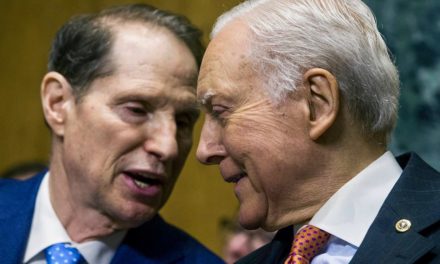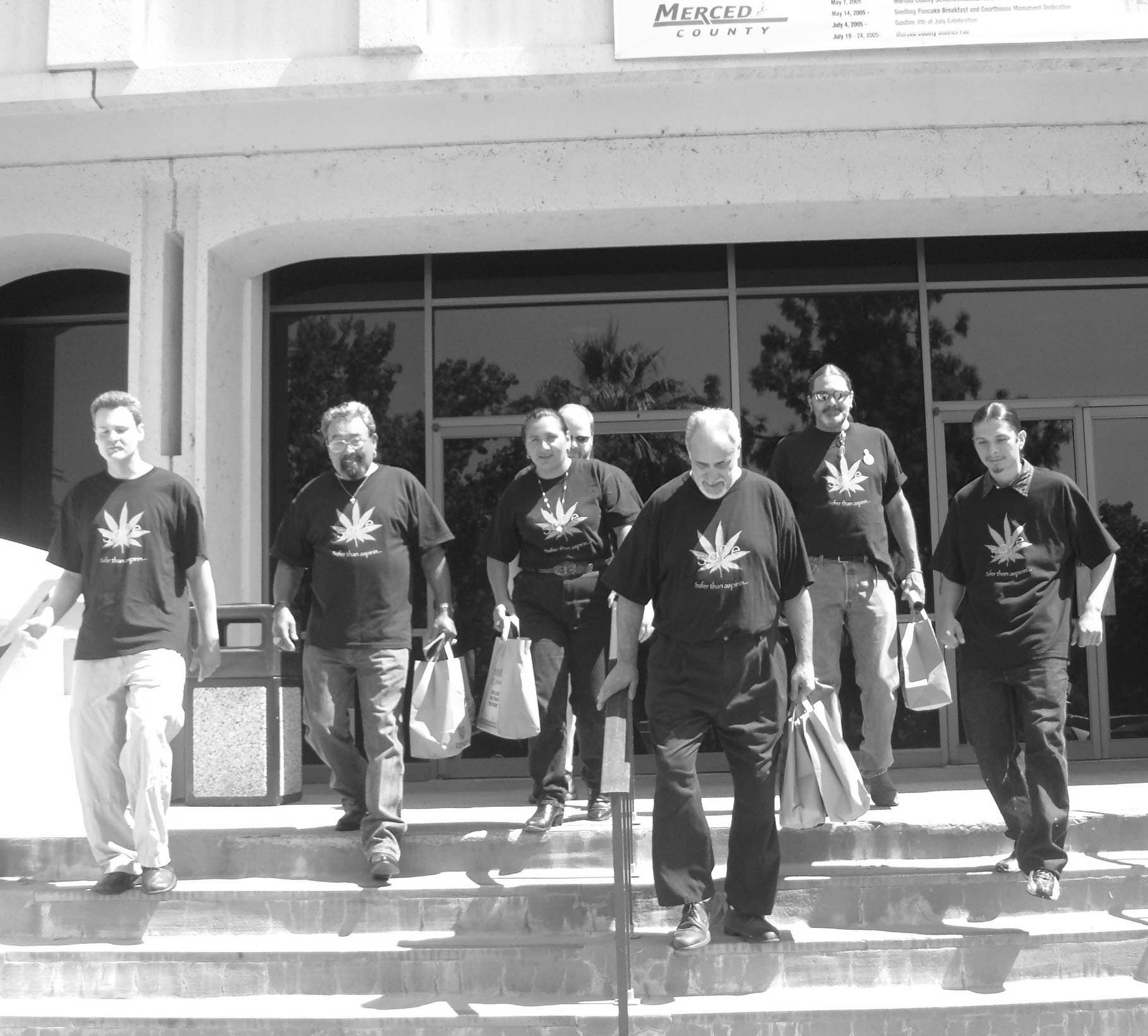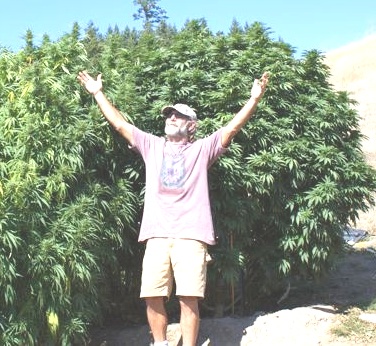Dr. Abrams’ Recruitment Problem
From the new O’Shaughnessy’s (Winter/Spring 2015/16)
The University of California San Francisco’s Donald Abrams, MD, is seeking people with Sickle Cell Disease to take part in a study of cannabis as a treatment for pain, now underway at San Francisco General Hospital (SFGH).
The cannabis, being supplied by the National Institute on Drug Abuse, is 5% THC and 5% CBD. Patients vaporize three times a day during two five-day stints at SFGH’s historic Clinical Research Center. During one stint they’ll be vaporizing placebo.
Fifteen patients will have taken part by the end of December 2015. The goal is to enroll 35.
Sickle Cell Disease is a genetic blood disorder that causes intense pain and is generally treated with opioids. It afflicts Afri can Americans and a smaller percentage of African Latinos.
can Americans and a smaller percentage of African Latinos.
The study was generated by the findings of Kalpna Gupta, MDPhD, a professor of medicine at the University of Minnesota. Working with a mouse model of sickle cell disease, Gupta showed that synthetic cannabinoids decreased pain, inflammation and “markers of disease progression.” She hypothesized that cannabinoid medicine would enable patients to reduce opioid use and achieve better pain control.
Gupta got a large grant from the National Heart, Lung and Blood Institute (part of NIH) to study cannabinoids in the treatment for of Sickle Cell Disease. She asked Abrams to conduct a human “proof of principle” study consisting of two arms, one of which had to be a placebo. He chose to test NIDA’s variety with equal amounts of CBD and THC.
Work on the project was stalled for several months in the winter of 2013-14 when federal spending was “sequestered” by Congress. Funding was released in April 2014 and Abrams then began seeking the approvals necessary to conduct the resea rch —from SFGH Clinical Research Center Medical Advisory Committee, UCSF Institutional Review Board, the Research Advisory Panel of California, DEA (local and federal), FDA, NIDA and the NIH funding Institute (NHLBI in this case).
rch —from SFGH Clinical Research Center Medical Advisory Committee, UCSF Institutional Review Board, the Research Advisory Panel of California, DEA (local and federal), FDA, NIDA and the NIH funding Institute (NHLBI in this case).
“In general the FDA has been very cooperative and supportive of everything that I’ve done,” says Abrams, “but when we submitted the IND to study this CBD-THC cannabis, they said I couldn’t proceed until I gave them two animal pulmonary histopathology studies showing the effects of inhaling CBD on the lungs. They said that cannabidiol was an NME – a novel molecular entity that had not yet been given to people. I said ‘What?’”
FDA also gave Abrams the option of enrolling patients previously exposed to CBD “‘so you’re not putting them at any greater risks than they’ve put themselves,’” he was told. “And then they made us add that CBD could cause sterility in men!”
What patients know
“Many patients with Sickle Cell have already discovered that cannabis is useful for pain,” says Abrams. “We hear from some of them that their friends don’t want to come in because they don’t want to risk five days vaporizing placebo
“We recently had a patient admitted who felt that she was getting placebo, and on day three she experienced a painful crisis. She needed to be transferred to the emergency room and did not complete the five day segment of the study. ” She will come back and do the second five day period, says Abrams, who is still blinded.
UCSF’s IRB asked Abrams to change the consent form to say that patients randomized to the placebo may experience an increase in pain, even a crisis.
Abrams originally planned to study the effects of cannabis on Sickle Cell patients who were using opioids, but modified the protocol after learning that “many sickle cell patients don’t need opiates… Now we’re just looking at the effects of adding CBD-THC or placebo to their baseline pain regimen. They can be on opioids but they don’t have to be.”
It’s ironic that Gupta originally involved Abrams because he is a DEA-approved researcher in a DEA-approved setting —San Francisco General Hospital has a locked and alarmed refrigerator to store the NIDA cannabis and a ward from which no fumes escape— only to encounter a new obstacle: patients who already know the answer to the question.




